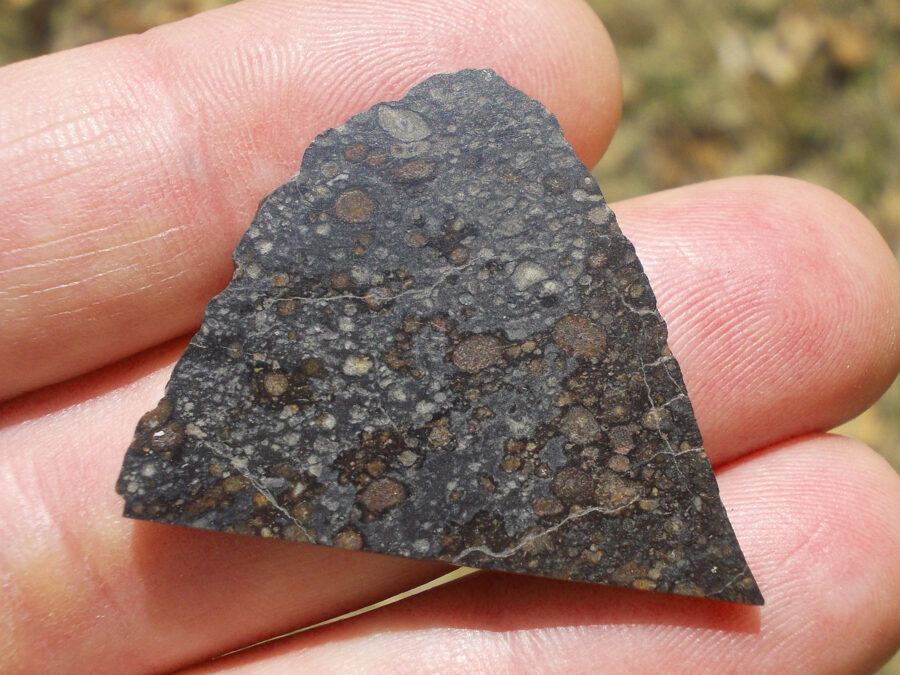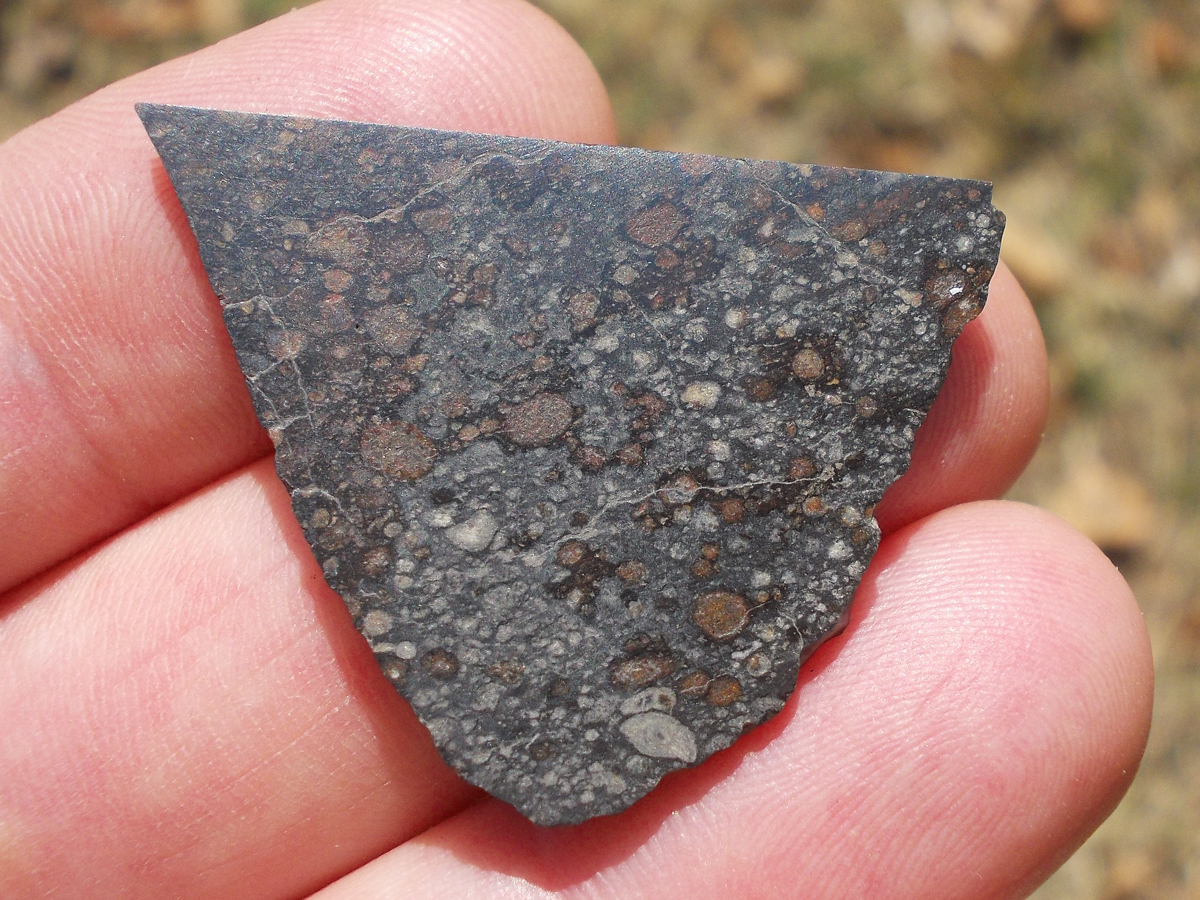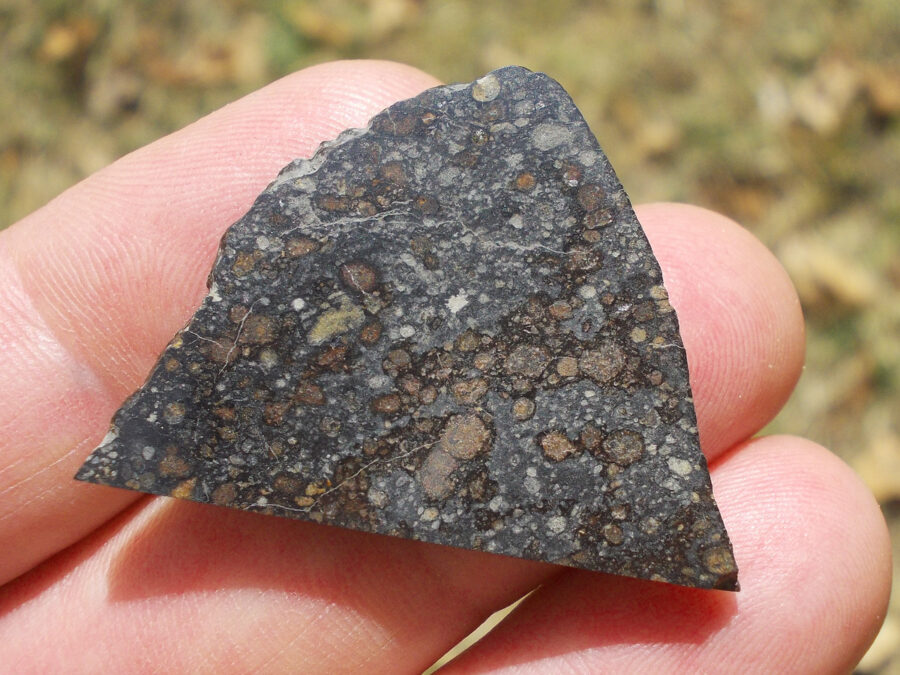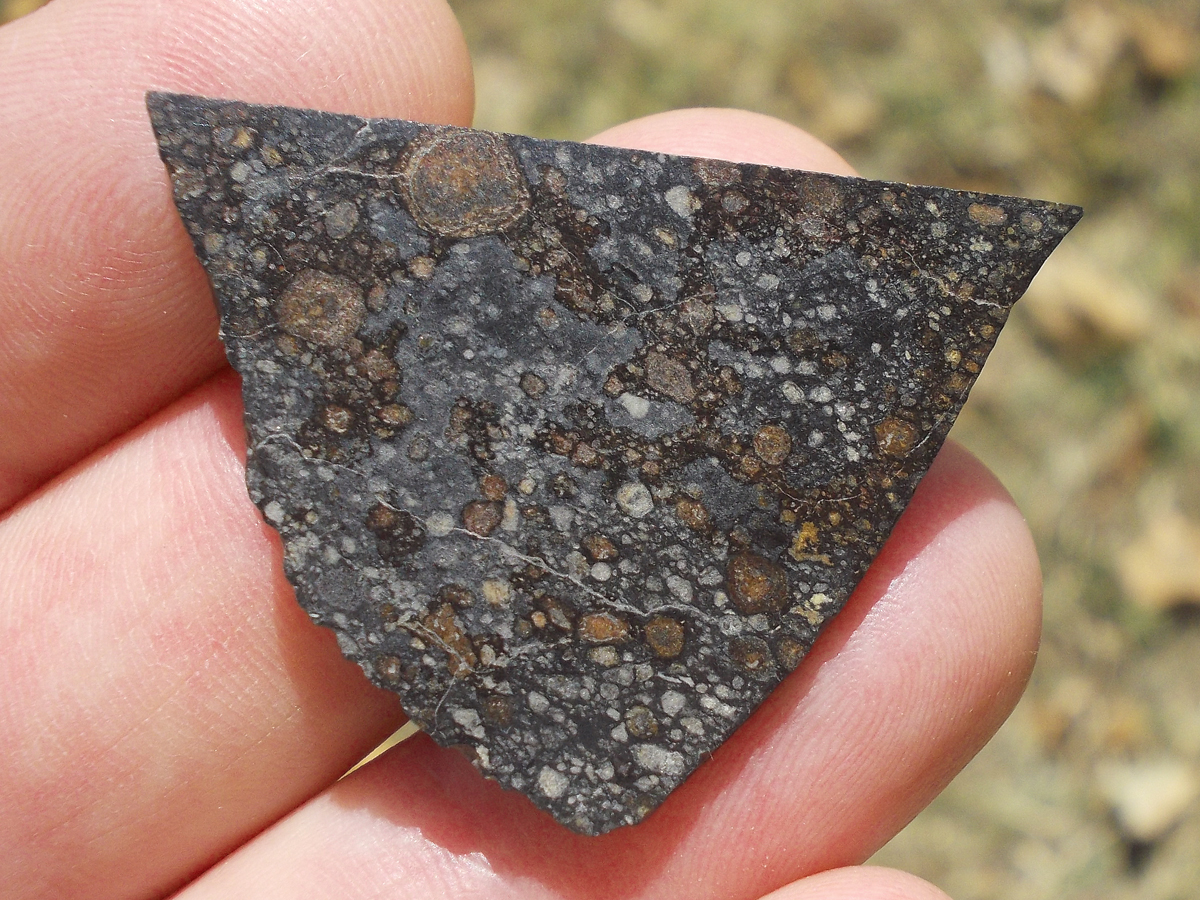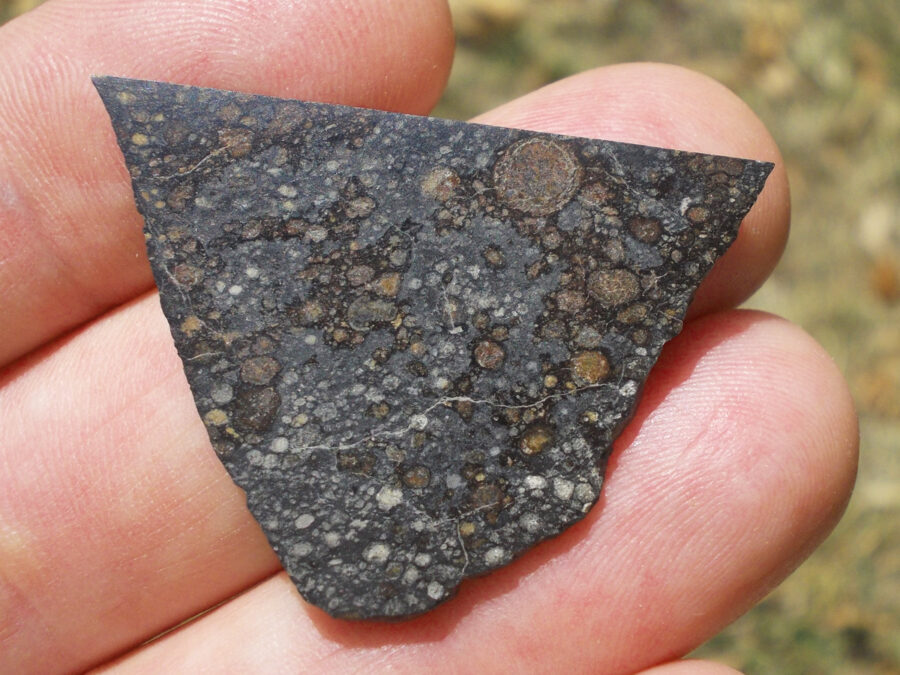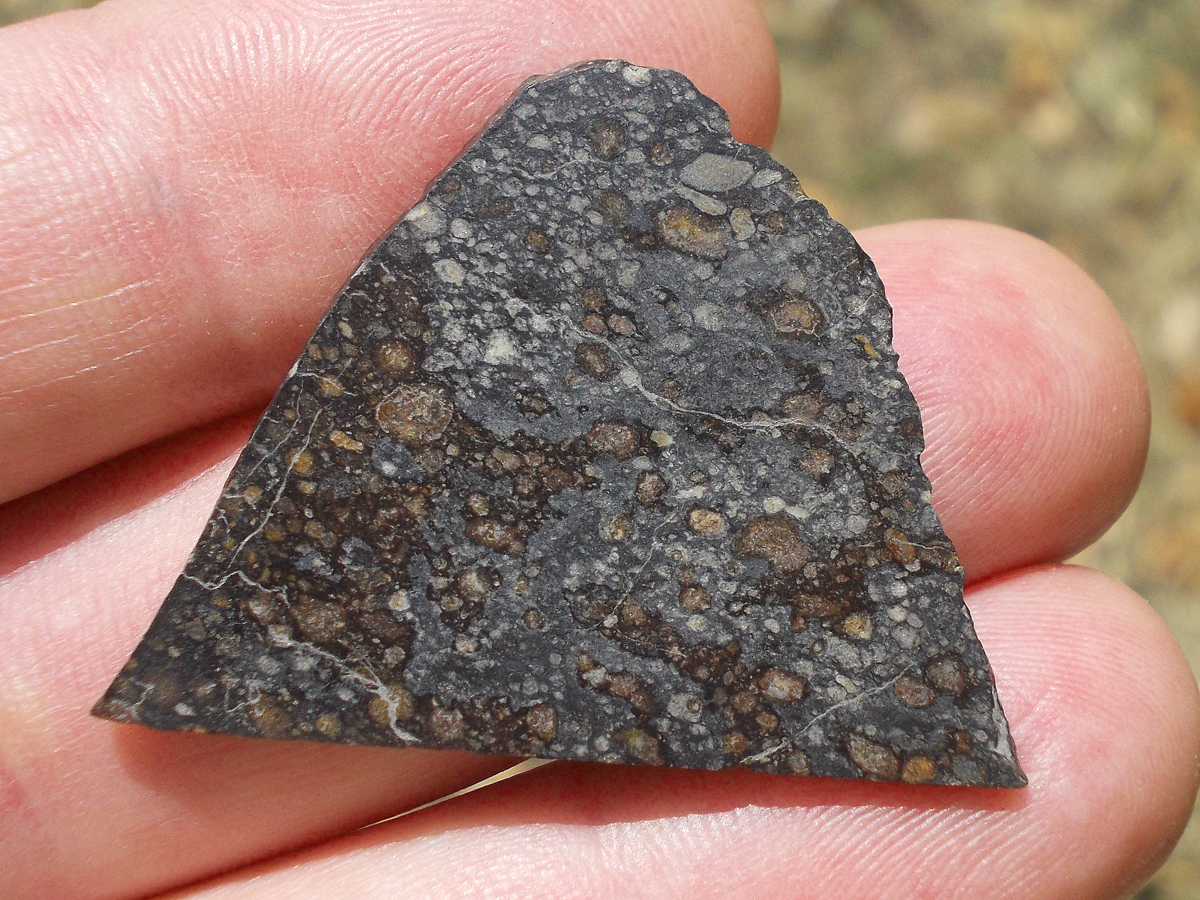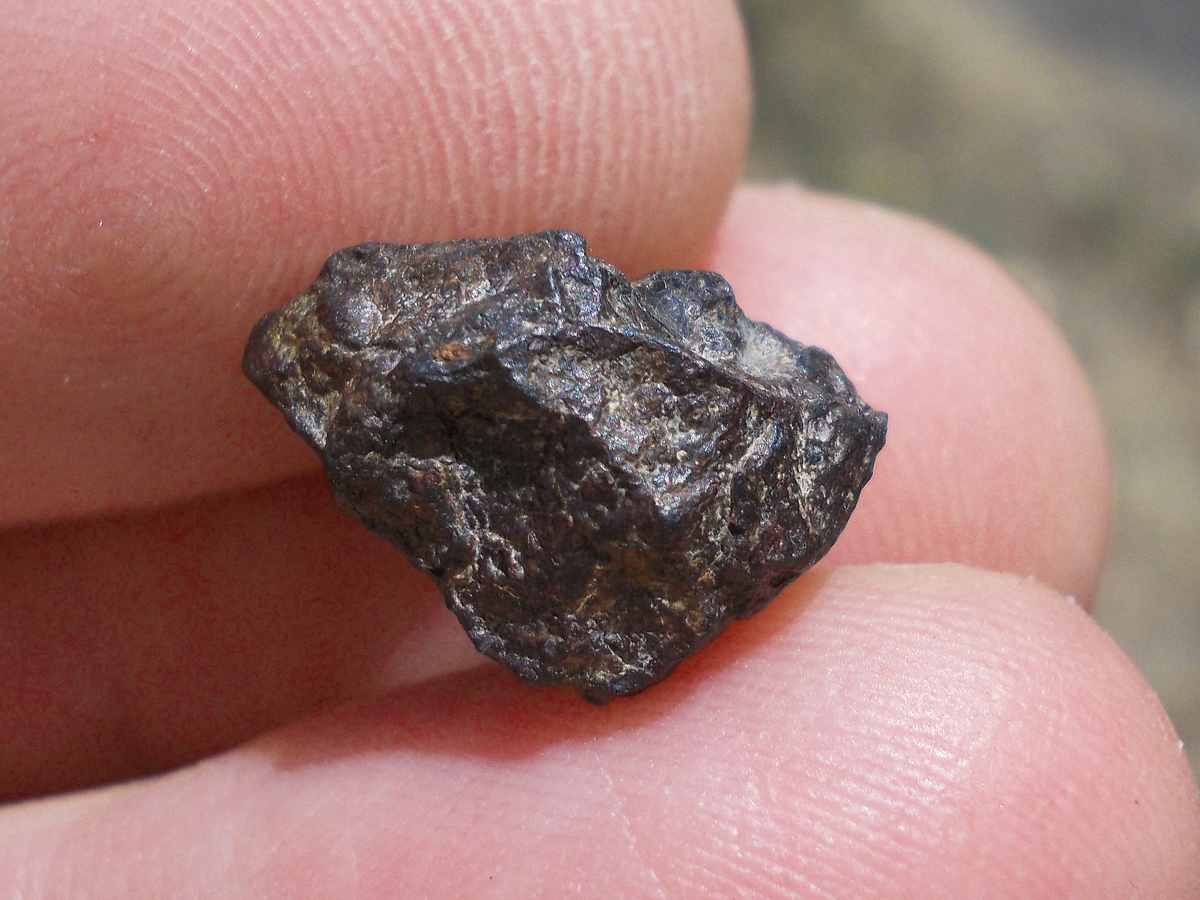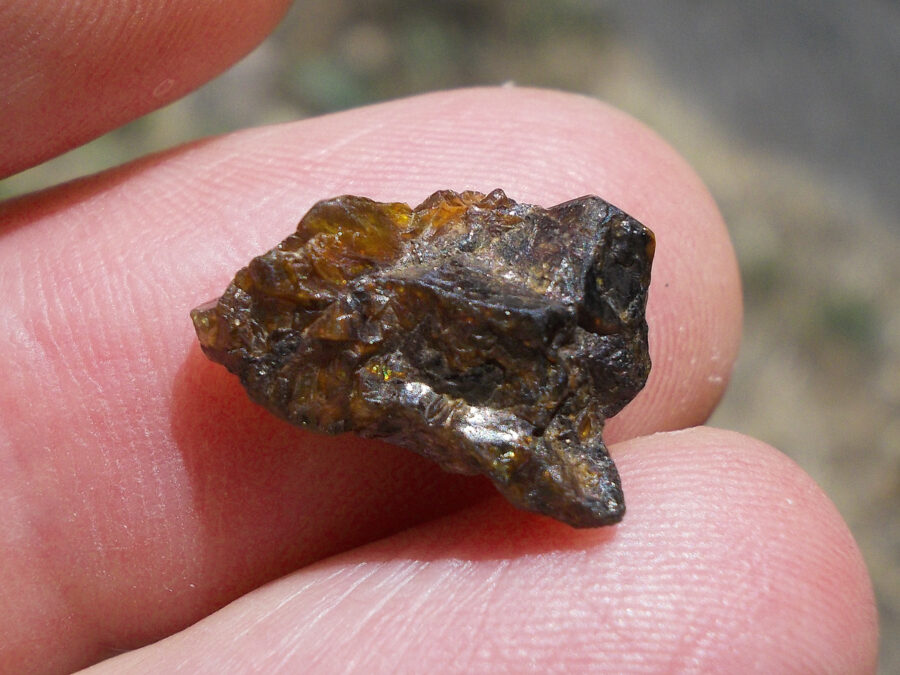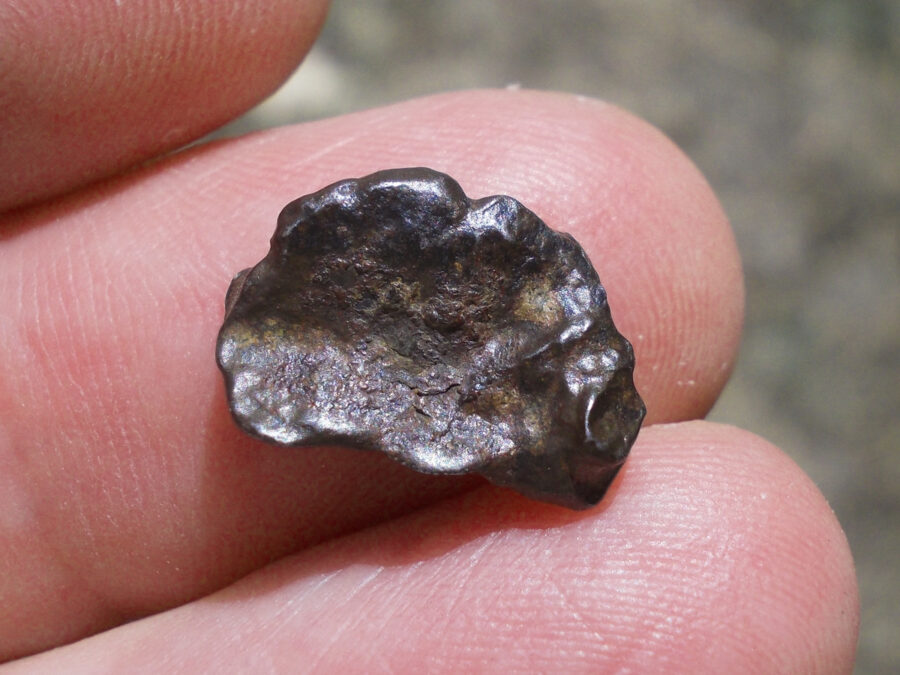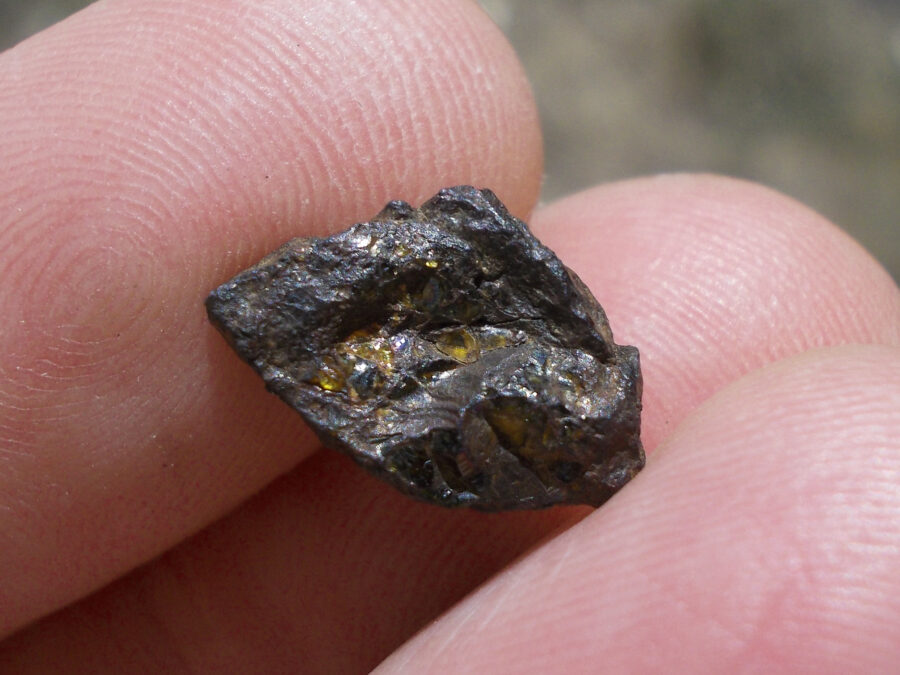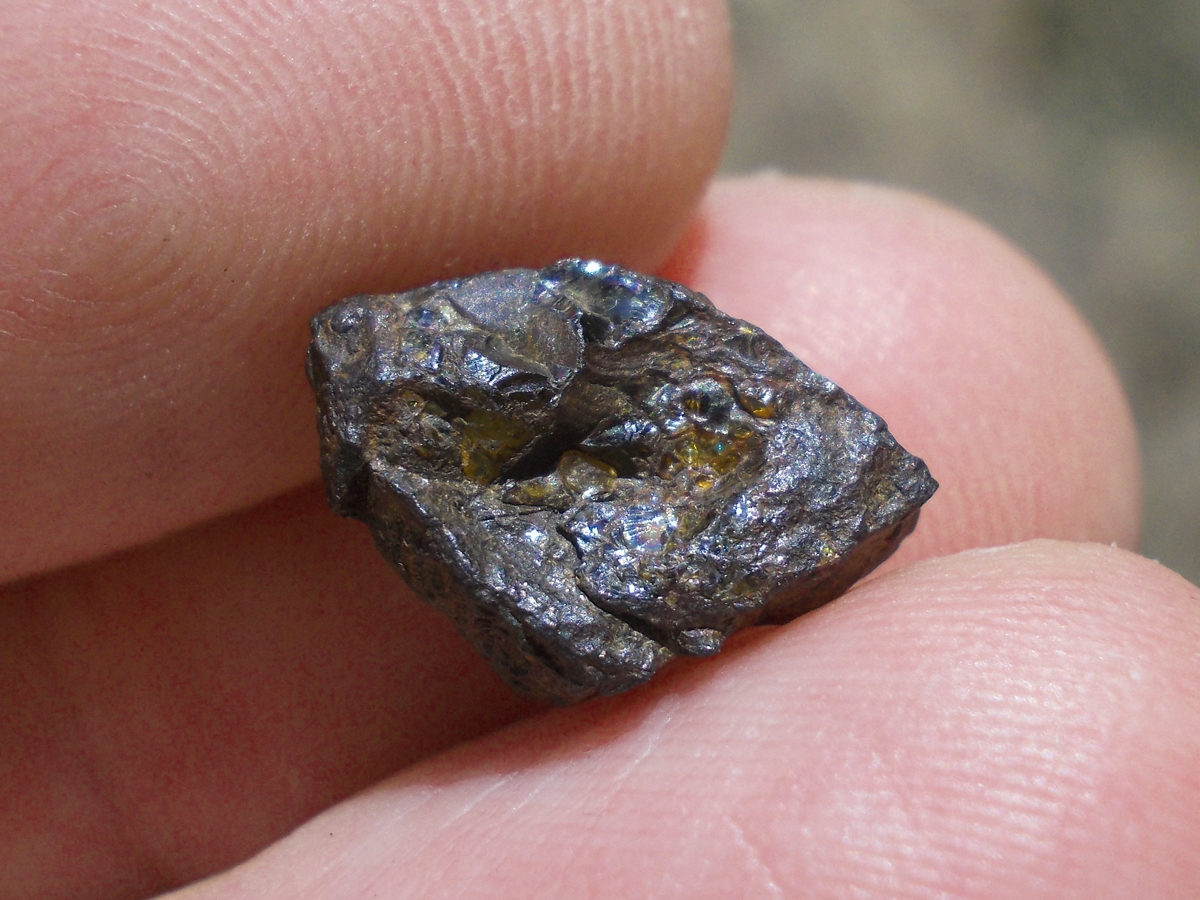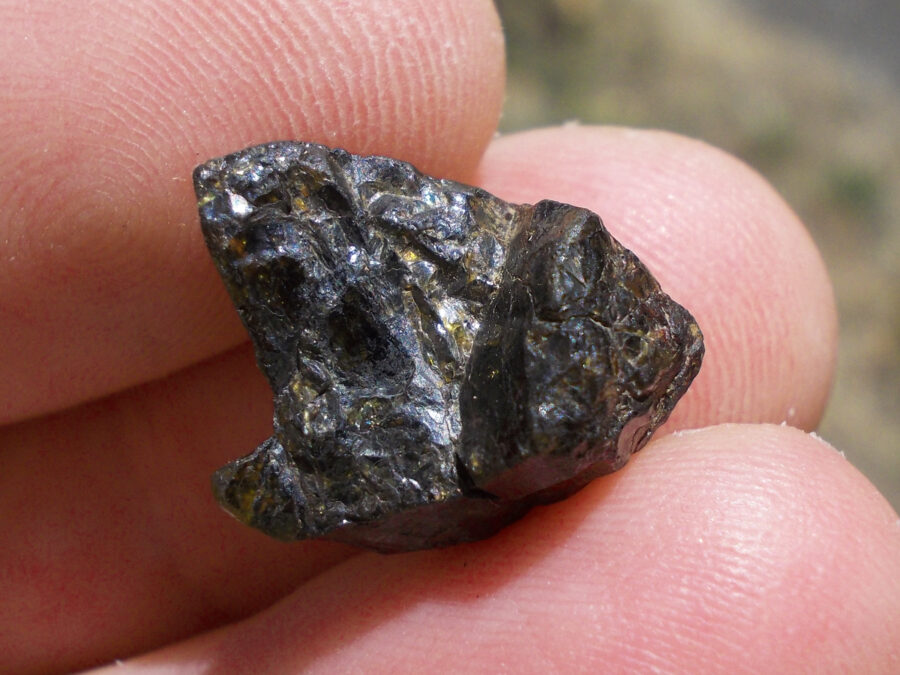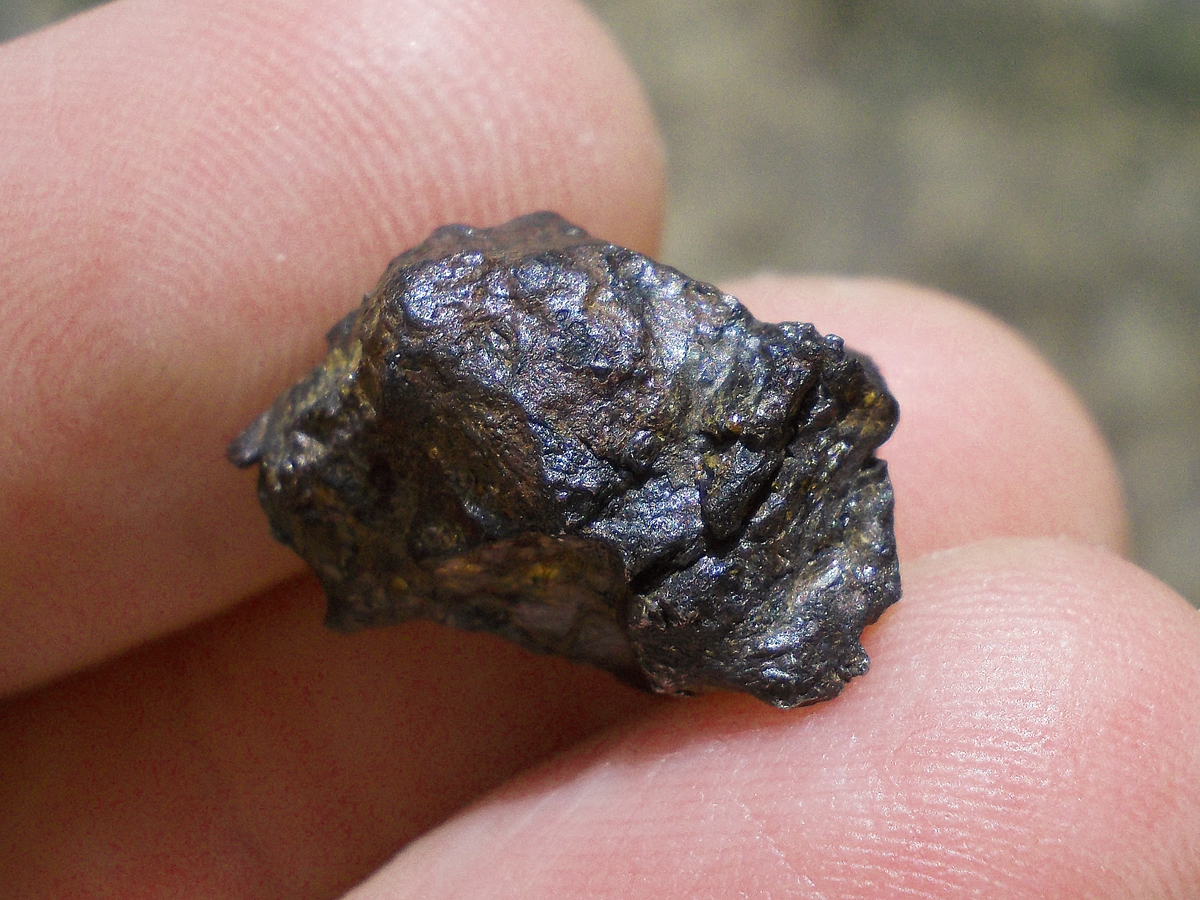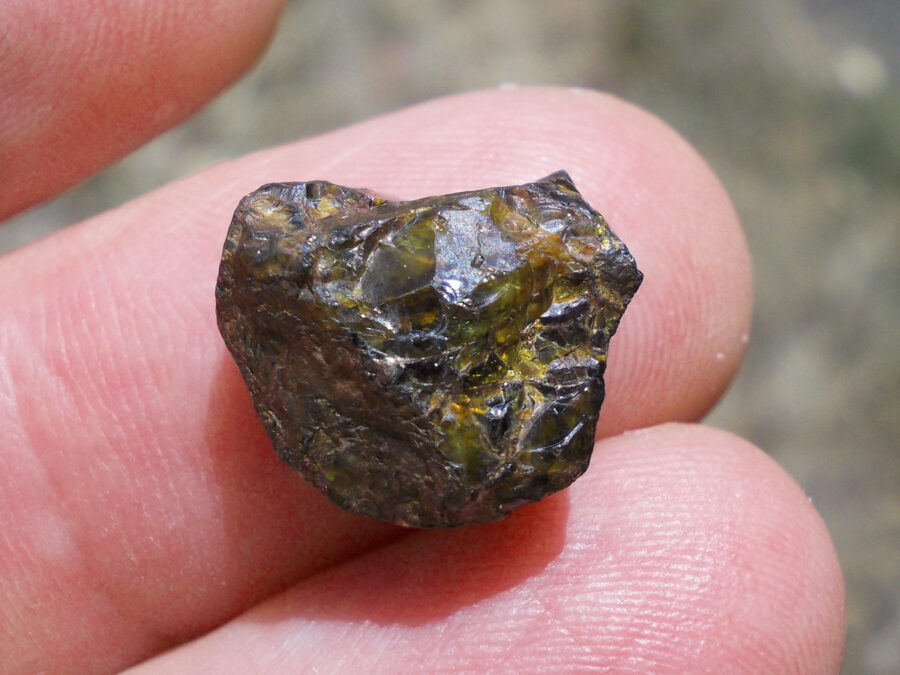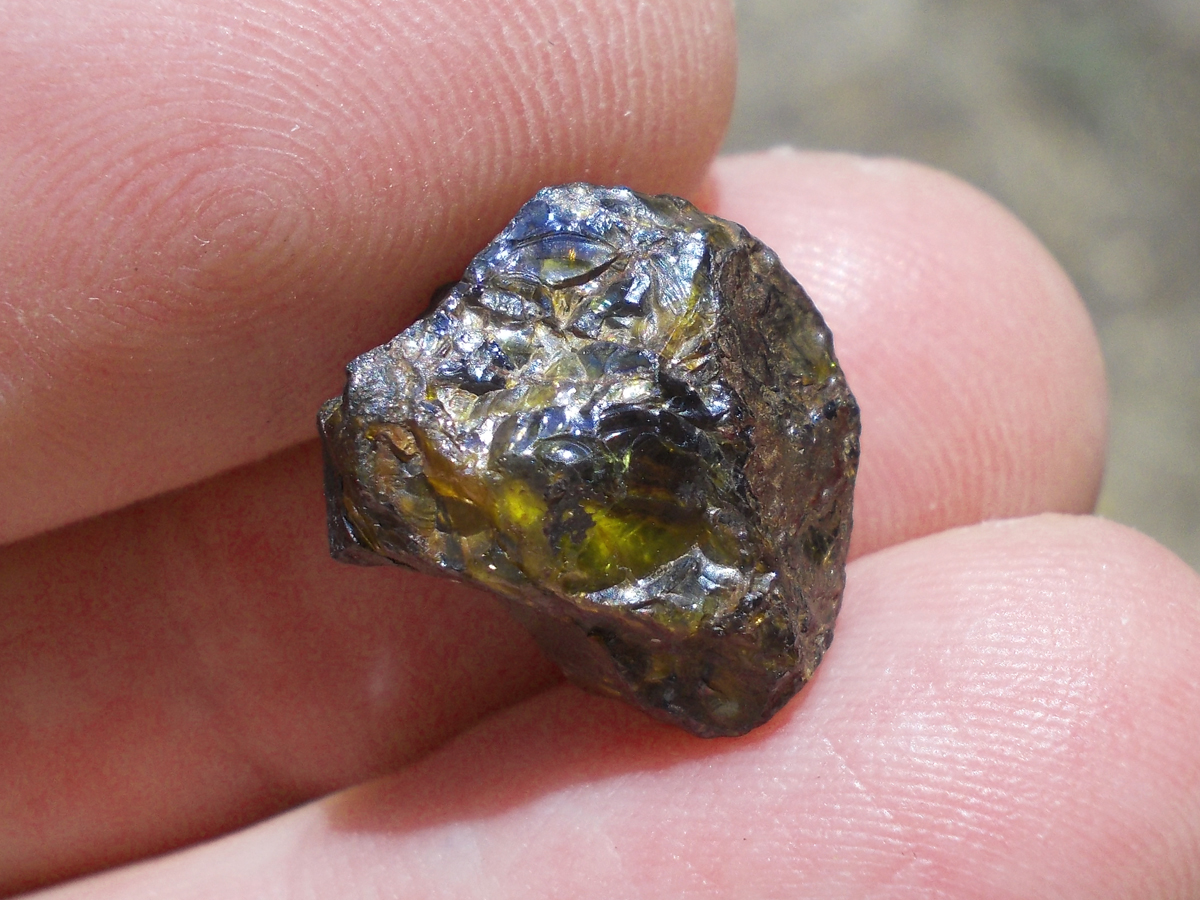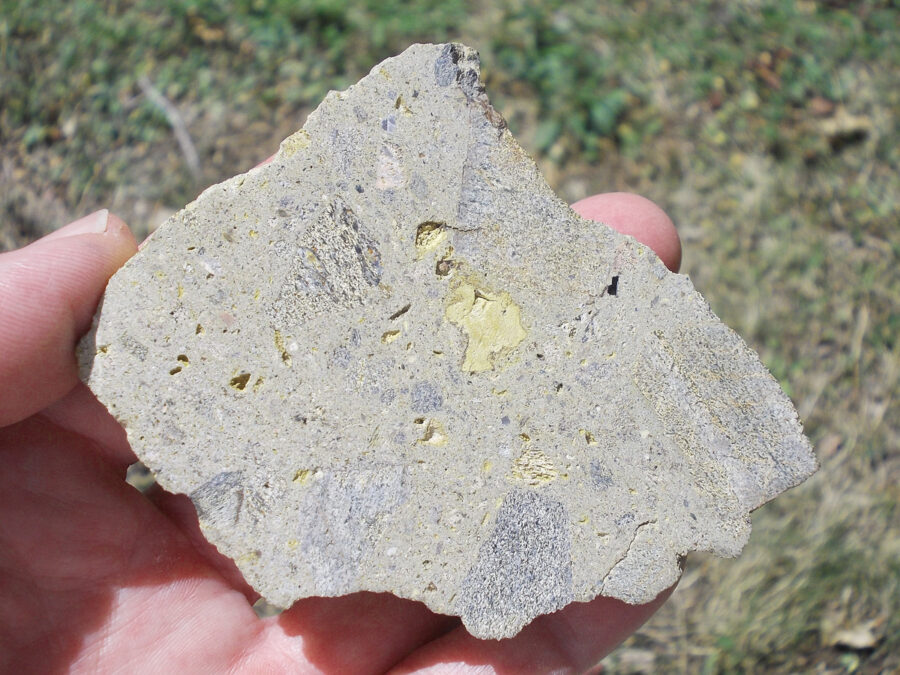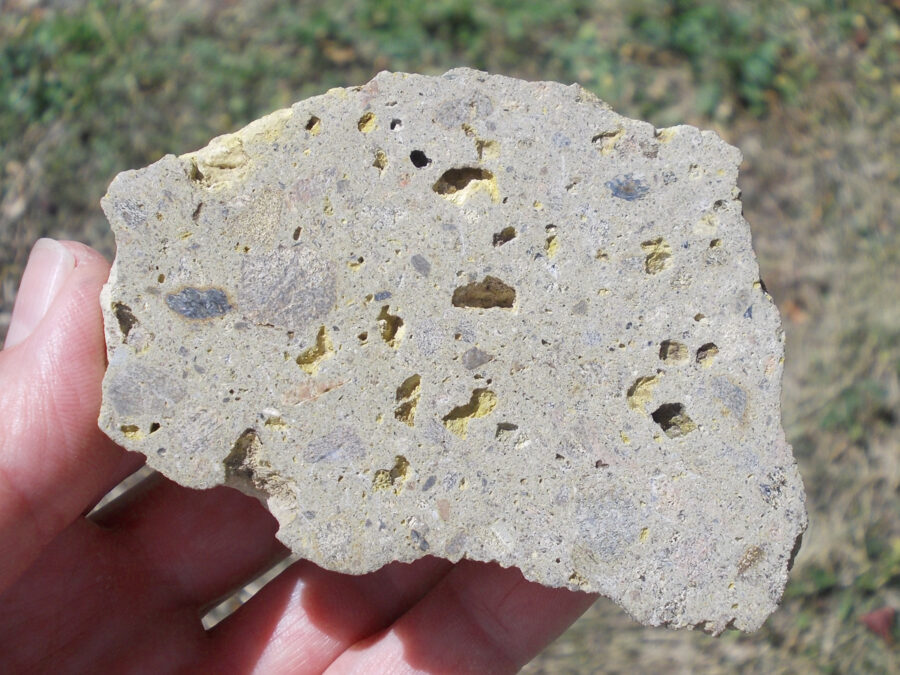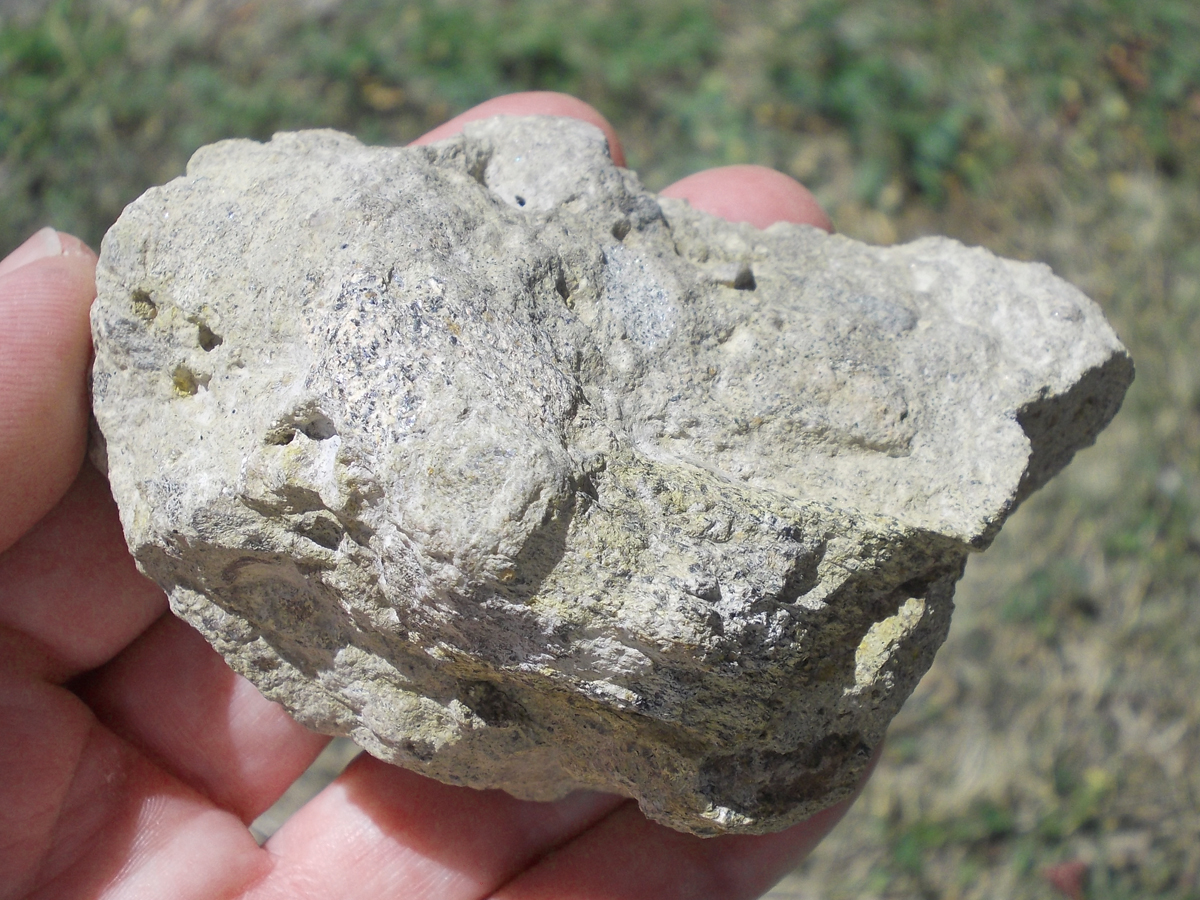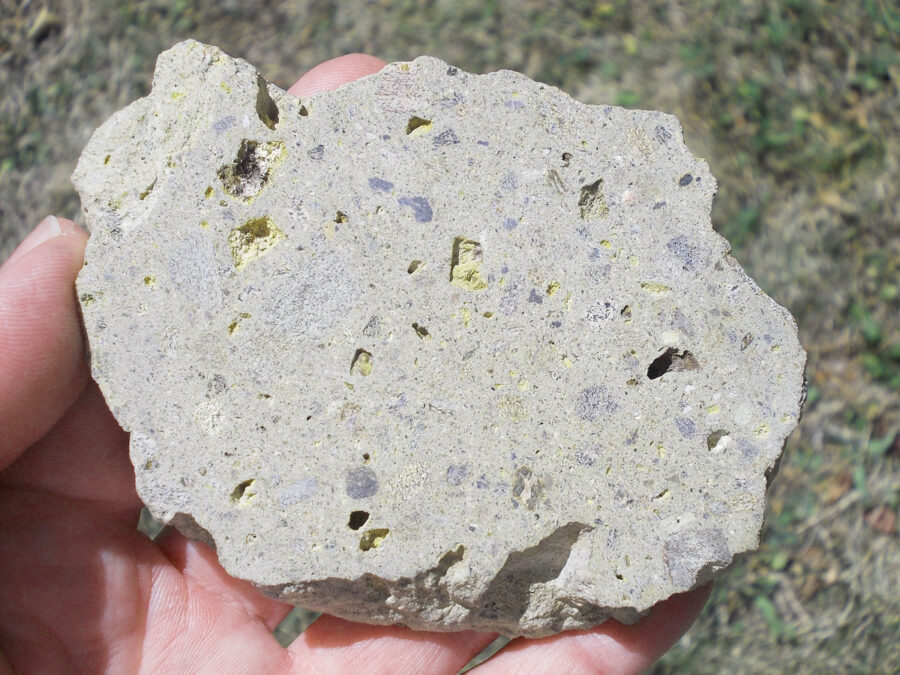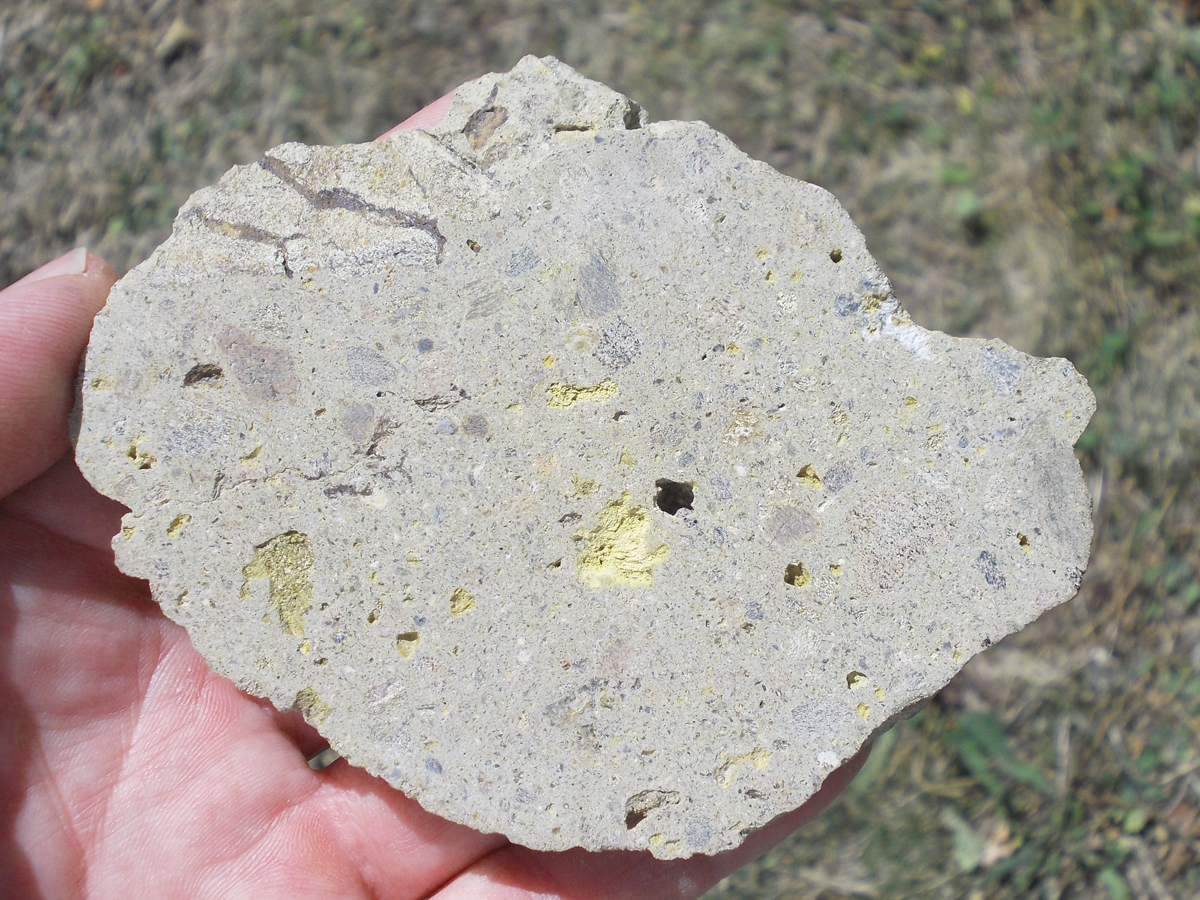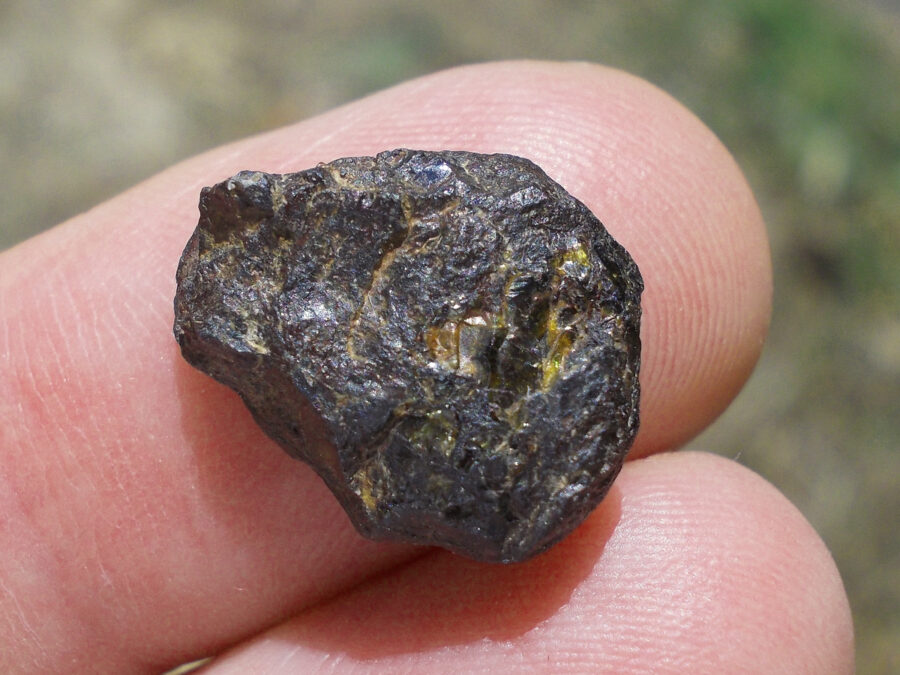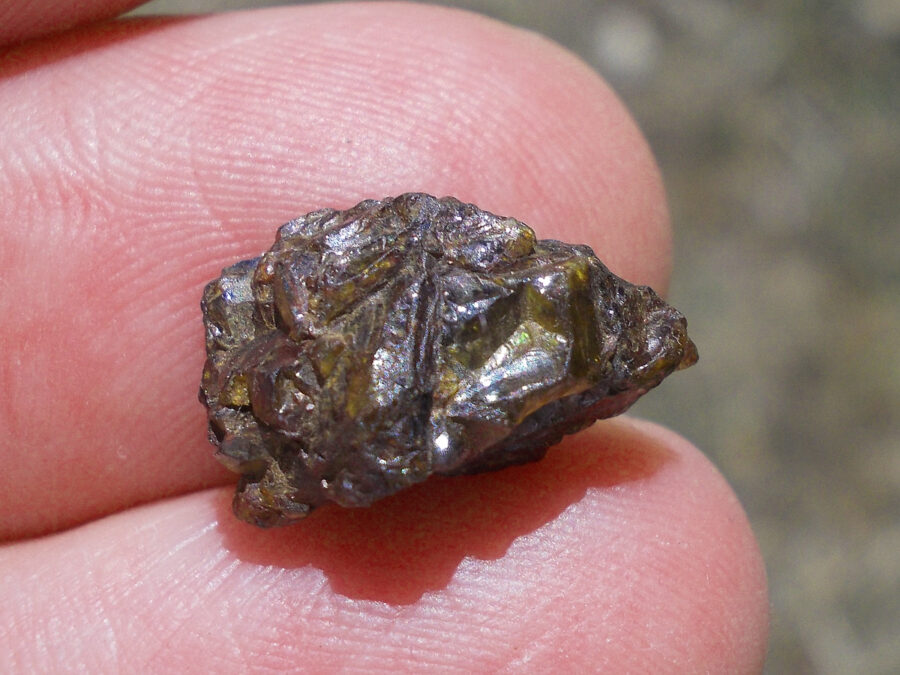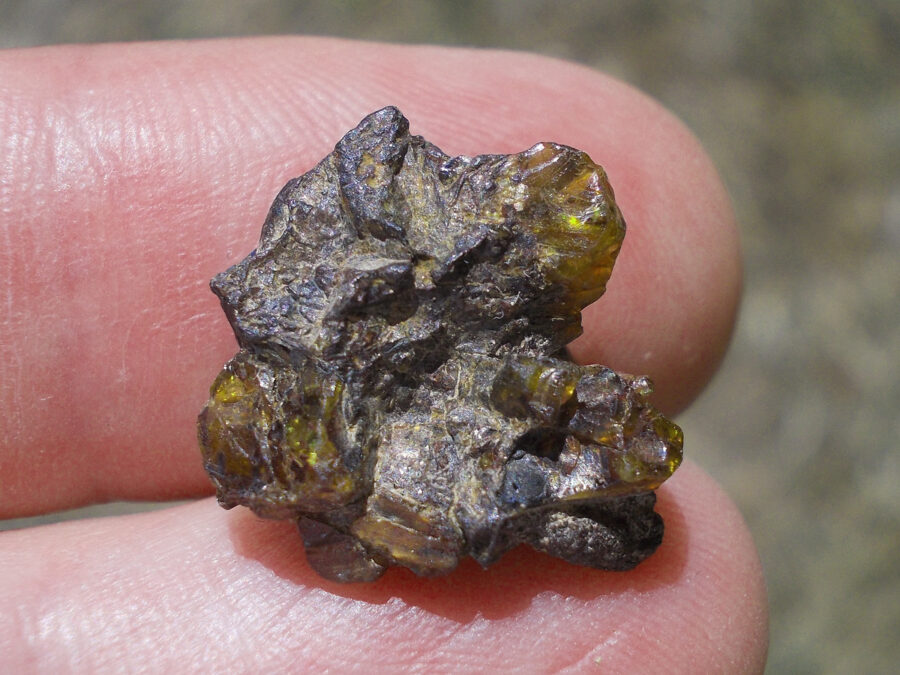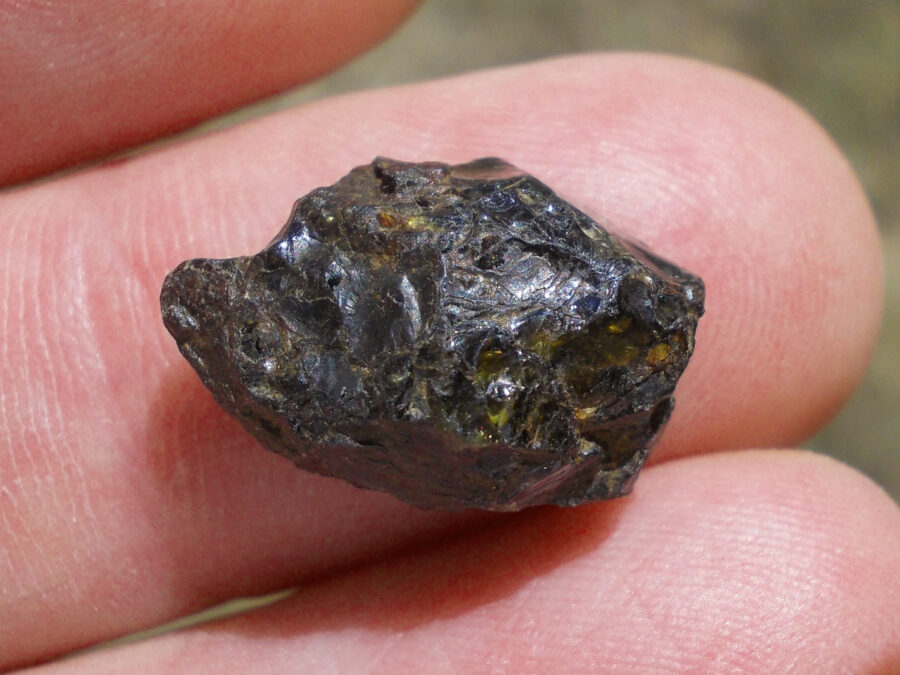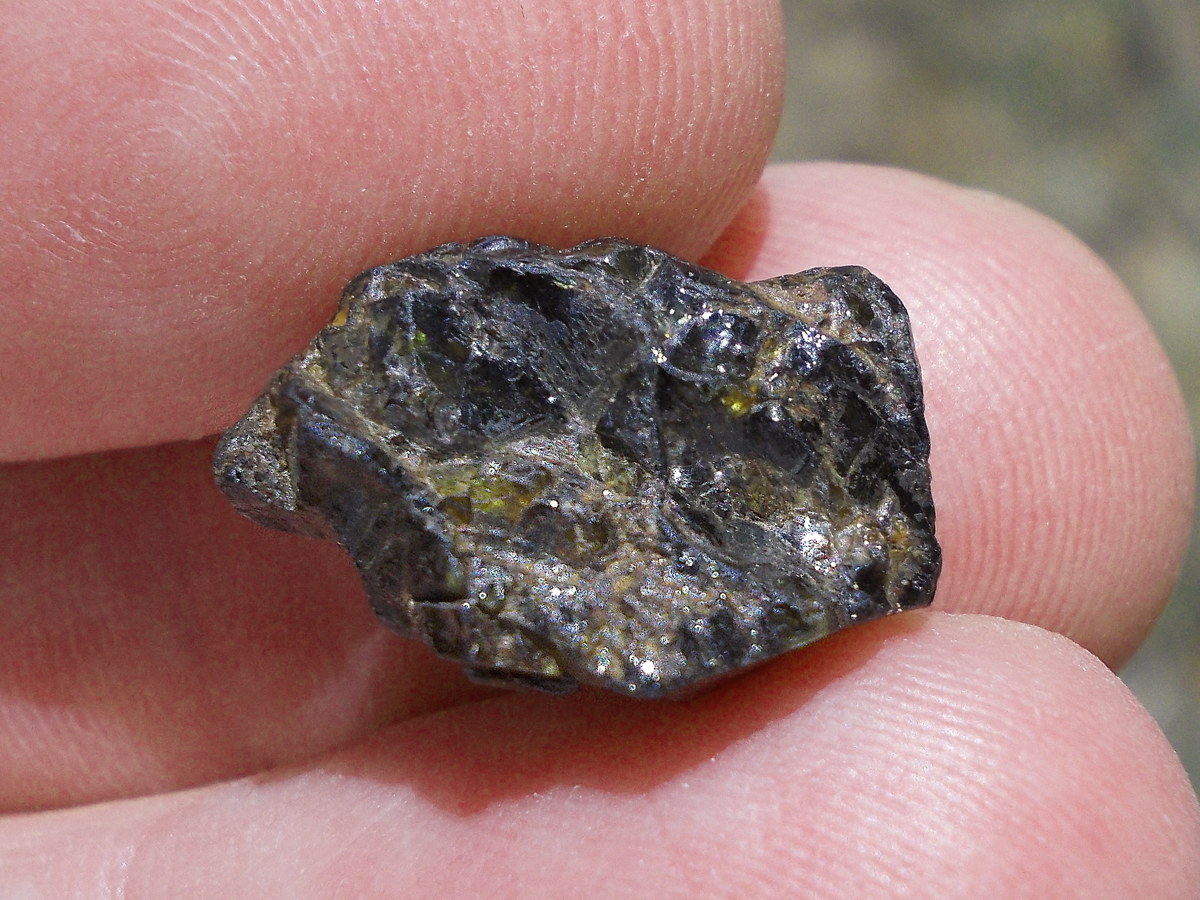Showing 271–288 of 1134 results
54,70 $
Sueilila 003 is a meteorite of type CV3, oxidized subgroup, it was discovered by Mbark Ben Amar and Amar Azerwal in 2016 in the Western Sahara.
This meteorite has the particularity to have large chondrules of brown color and smaller chondrules of gray color.
No explanation has been found so far by science.
CV3 chondrites are characterized by the presence of large chondrules, abundant pre-solar isotopes and white inclusions called CAI’s.
CAI’s are mineral inclusions rich in calcium and aluminum, formed 4,567 to 4,571 million years ago they are the oldest materials in the Solar System.
73,72 $
Sueilila 003 is a meteorite of type CV3, oxidized subgroup, it was discovered by Mbark Ben Amar and Amar Azerwal in 2016 in the Western Sahara.
This meteorite has the particularity to have large chondrules of brown color and smaller chondrules of gray color.
No explanation has been found so far by science.
CV3 chondrites are characterized by the presence of large chondrules, abundant pre-solar isotopes and white inclusions called CAI’s.
CAI’s are mineral inclusions rich in calcium and aluminum, formed 4,567 to 4,571 million years ago they are the oldest materials in the Solar System.
49,94 $
Sueilila 003 is a meteorite of type CV3, oxidized subgroup, it was discovered by Mbark Ben Amar and Amar Azerwal in 2016 in the Western Sahara.
This meteorite has the particularity to have large chondrules of brown color and smaller chondrules of gray color.
No explanation has been found so far by science.
CV3 chondrites are characterized by the presence of large chondrules, abundant pre-solar isotopes and white inclusions called CAI’s.
CAI’s are mineral inclusions rich in calcium and aluminum, formed 4,567 to 4,571 million years ago they are the oldest materials in the Solar System.
38,05 $
NWA 15971 is a pallasite meteorite.
Pallasites are meteorites composed of olivine crystals embedded in an iron-nickel matrix.
Pallasites are among the most aesthetic meteorites.
38,05 $
NWA 15971 is a pallasite meteorite.
Pallasites are meteorites composed of olivine crystals embedded in an iron-nickel matrix.
Pallasites are among the most aesthetic meteorites.
32,10 $
NWA 15971 is a pallasite meteorite.
Pallasites are meteorites composed of olivine crystals embedded in an iron-nickel matrix.
Pallasites are among the most aesthetic meteorites.
36,86 $
NWA 15971 is a pallasite meteorite.
Pallasites are meteorites composed of olivine crystals embedded in an iron-nickel matrix.
Pallasites are among the most aesthetic meteorites.
34,48 $
NWA 15971 is a pallasite meteorite.
Pallasites are meteorites composed of olivine crystals embedded in an iron-nickel matrix.
Pallasites are among the most aesthetic meteorites.
66,59 $
NWA 15971 is a pallasite meteorite.
Pallasites are meteorites composed of olivine crystals embedded in an iron-nickel matrix.
Pallasites are among the most aesthetic meteorites.
102,25 $
NWA 15971 is a pallasite meteorite.
Pallasites are meteorites composed of olivine crystals embedded in an iron-nickel matrix.
Pallasites are among the most aesthetic meteorites.
49,94 $
NWA 15971 is a pallasite meteorite.
Pallasites are meteorites composed of olivine crystals embedded in an iron-nickel matrix.
Pallasites are among the most aesthetic meteorites.
20,21 $
An impactite is a terrestrial rock modified by the impact of a large meteorite.
These rocks contain an agglomeration of fallout dust and fragments.
The Rochechouart impactites were formed as a result of a meteorite impact about 207 million years ago in New Aquitaine in the Rochechouart district.
The impact crater of the Rochechouart meteorite is called “Astroblème” because it is no longer visible following erosion.
There are several types of rocks :
Babaudus-type breccias, rich in fluid-textured glass and vacuoles, are found only in the center of the astroblast.
These breccias are contaminated with chromium, nickel and cobalt, metals coming mostly from the asteroid.
The “breccias” of Montoume type, red because of their richness in iron, metal supposed to come from the asteroid.
The “breccias” of Chassenon type, debris of glass of greenish tint.
The “breccias” of Rochechouart type, contain little glass and are constituted of elements of varied size and lithology.
23,78 $
An impactite is a terrestrial rock modified by the impact of a large meteorite.
These rocks contain an agglomeration of fallout dust and fragments.
The Rochechouart impactites were formed as a result of a meteorite impact about 207 million years ago in New Aquitaine in the Rochechouart district.
Le cratère d’impact de la météorite de Rochechouart est appelé Astroblème car il n’est plus visible suite à l’érosion.
There are several types of rocks :
Babaudus-type breccias, rich in fluid-textured glass and vacuoles, are found only in the center of the astroblast.
These breccias are contaminated with chromium, nickel and cobalt, metals coming mostly from the asteroid.
The “breccias” of Montoume type, red because of their richness in iron, metal supposed to come from the asteroid.
The “breccias” of Chassenon type, debris of glass of greenish tint.
The “breccias” of Rochechouart type, contain little glass and are constituted of elements of varied size and lithology.
23,78 $
An impactite is a terrestrial rock modified by the impact of a large meteorite.
These rocks contain an agglomeration of fallout dust and fragments.
The Rochechouart impactites were formed as a result of a meteorite impact about 207 million years ago in New Aquitaine in the Rochechouart district.
Le cratère d’impact de la météorite de Rochechouart est appelé Astroblème car il n’est plus visible suite à l’érosion.
There are several types of rocks :
Babaudus-type breccias, rich in fluid-textured glass and vacuoles, are found only in the center of the astroblast.
These breccias are contaminated with chromium, nickel and cobalt, metals coming mostly from the asteroid.
The “breccias” of Montoume type, red because of their richness in iron, metal supposed to come from the asteroid.
The “breccias” of Chassenon type, debris of glass of greenish tint.
The “breccias” of Rochechouart type, contain little glass and are constituted of elements of varied size and lithology.
39,24 $
NWA 15971 is a pallasite meteorite.
Pallasites are meteorites composed of olivine crystals embedded in an iron-nickel matrix.
Pallasites are among the most aesthetic meteorites.
34,48 $
NWA 15971 is a pallasite meteorite.
Pallasites are meteorites composed of olivine crystals embedded in an iron-nickel matrix.
Pallasites are among the most aesthetic meteorites.
48,76 $
NWA 15971 is a pallasite meteorite.
Pallasites are meteorites composed of olivine crystals embedded in an iron-nickel matrix.
Pallasites are among the most aesthetic meteorites.
47,56 $
NWA 15971 is a pallasite meteorite.
Pallasites are meteorites composed of olivine crystals embedded in an iron-nickel matrix.
Pallasites are among the most aesthetic meteorites.


